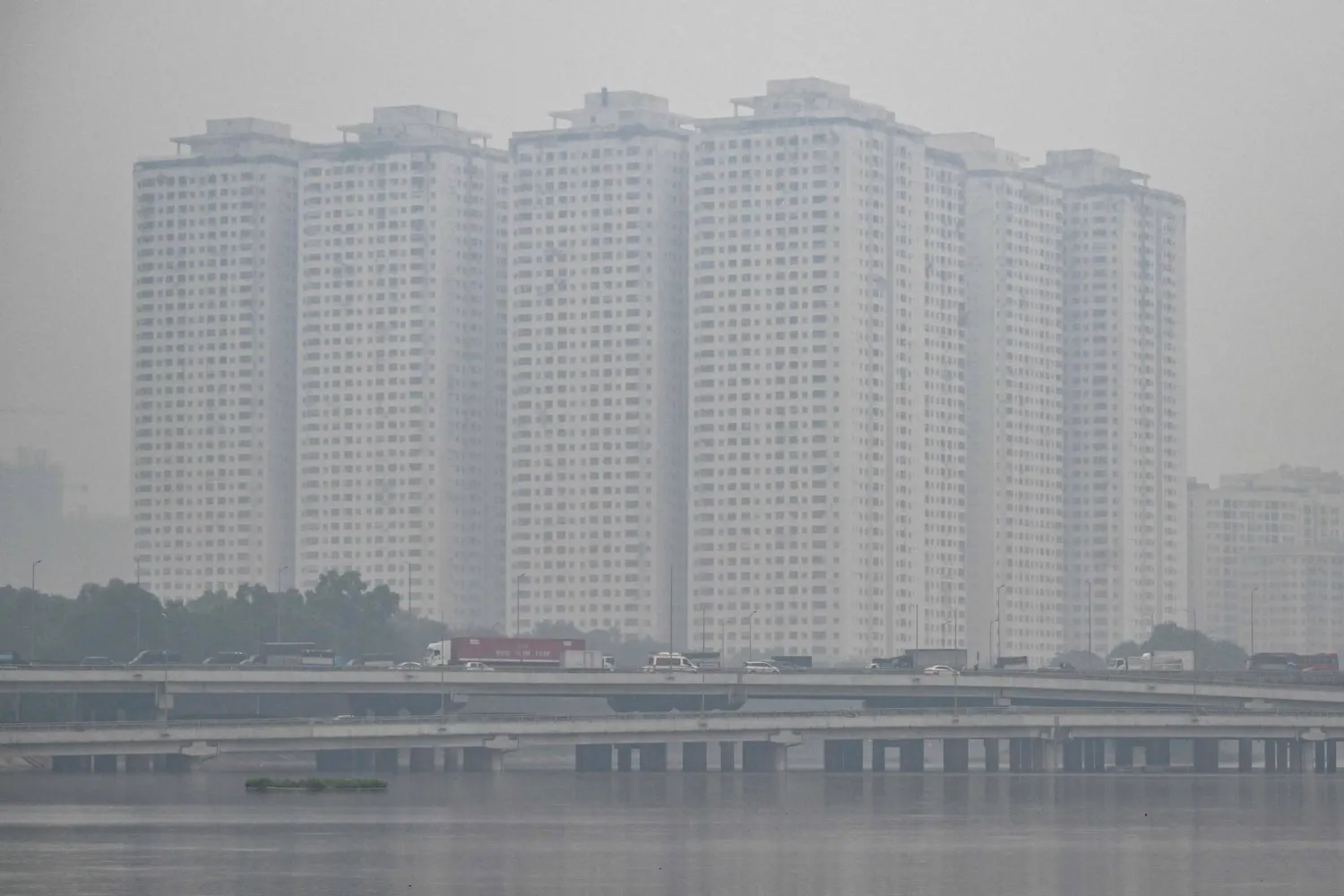Freshly cooked bread and a selection of French pastries were meant to be the stars of the Olympic village where athletes from across the world have packed the on-site bakery. But the gold medalist was a surprise: the American-inspired chocolate muffin is what went viral on social media.
Norwegian swimmer Henrik Christiansen has been dubbed “muffin man” after he posted a series of videos featuring the “choccy muffin,” accumulating millions of views on TikTok. He gave it an “insane” 11/10 star review.
“It’s been an unreal experience,” Christiansen told The Associated Press on Saturday.
“I never imagined it to become this big, but it’s fun,” said Christiansen, who swam in the 800-meter freestyle, the 1,500-meter freestyle and the 10-kilometer marathon races.
As an endurance athlete, he said he can afford to eat high-calorie food — like the dense chocolate muffin studded with chocolate chunks — every day.
Over the two and a half weeks he stayed at the Olympic village in the northern Paris suburb of Saint-Denis, Christiansen ate “seven or eight” of these muffins known for their melted fudge center.
"It’s not really that much. I think people will be disappointed when they learn it’s not five a day,” he said.
About 40,000 meals are served each day of the Games to thousands of athletes from more than 200 countries and territories who are staying in the Olympic village.
And the bakery became the meeting point for many, chief baker Tony Doré said.
Doré and his team produce fresh baguettes — added in 2022 to the UN’s list of intangible cultural heritage — and a variety of other bread cooked every day on site.
“It’s unbelievable,” Doré said, describing how quickly athletes adopted the very French habit of getting their fresh baguette every morning.
Most “had never tasted a baguette freshly out of the oven. Inevitably, they come back, and they are under the charm of that bread,” he said. “Now, some teams come back every day and say, ’Your baguette is awesome, it’s amazing and that smells so good’.”
Another champion product, Doré said, is the "cocoa bread" specially created for the Olympics, basically a piece of double chocolate French bread but with less sugar and butter to better fit with athletes' diets.
Some also tried the French breakfast: fresh bread with butter and jam, croissants and other “viennoiseries."
American athletes like Simone Biles, the most decorated gymnast of all-time, and sprinter Fred Kerley, bronze medalist on the 100-meter, came to the bakery, Doré said. Some others took part in bread-making classes held every day.
Philipp Würz, head of catering for the Paris 2024 organizing committee, said the village’s team of four bakers each day produced about 600 baguettes and 900 cacao breads, quantities that exceeded initial plans because of growing demand.
“It's one of our prides to have insisted on local French bread,” Würz said.
Unrivaled, though, were the chocolate muffins, made by another local producer, which reached 4,000 per day.
Other pastries being made include custard pie, vanilla tartlet, Paris-Brest — choux pastry stuffed with a praline flavored cream — and lemon tart. The bakery will be open for the Paralympic Games that begin on Aug. 28.
“I expect a wave of athletes, because they are already aware,” said Doré, the chief baker.
For everyone else, the recipe for the now world-famous chocolate muffin has been posted on TikTok, Christiansen said, himself hoping to re-create it at home.









